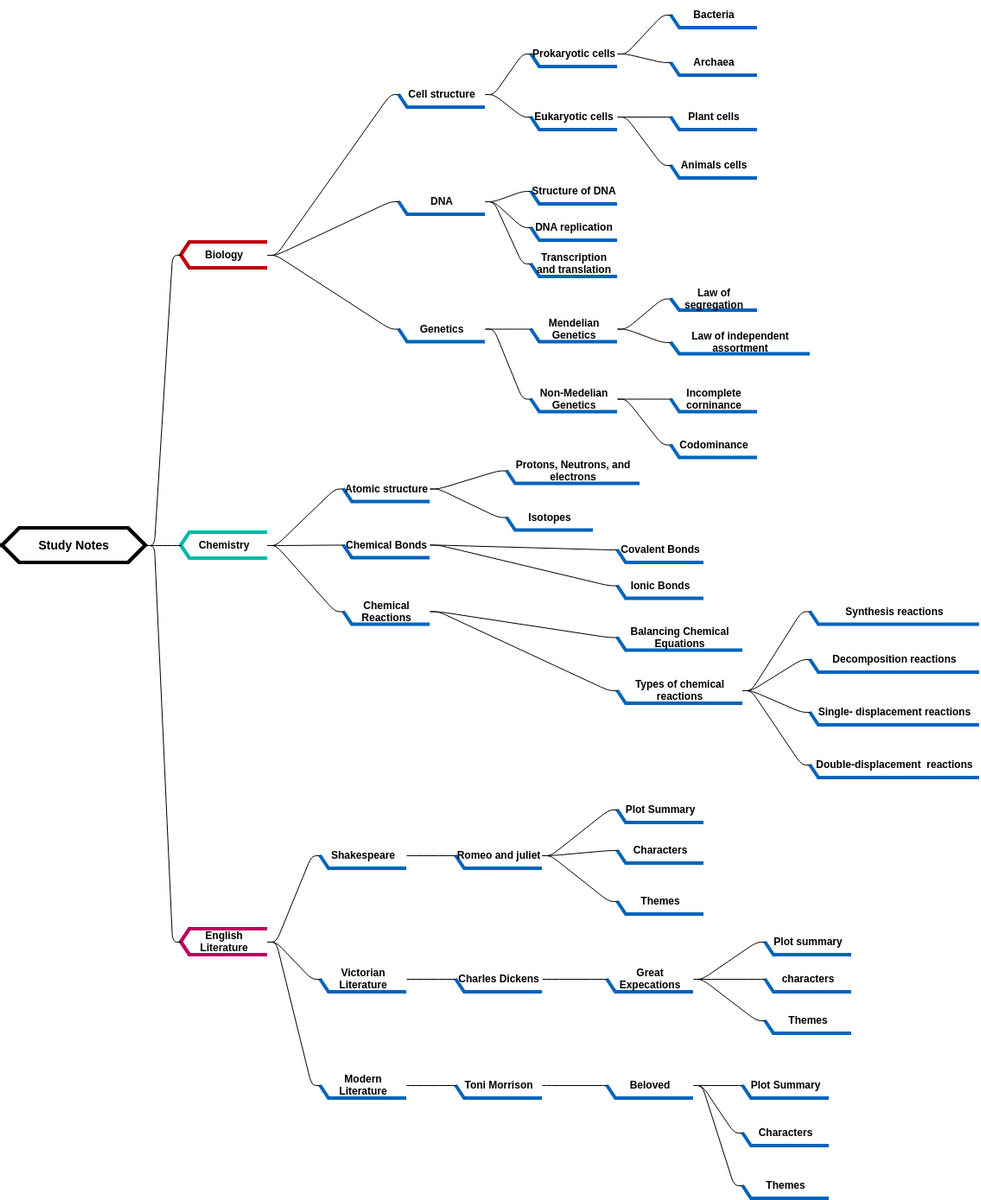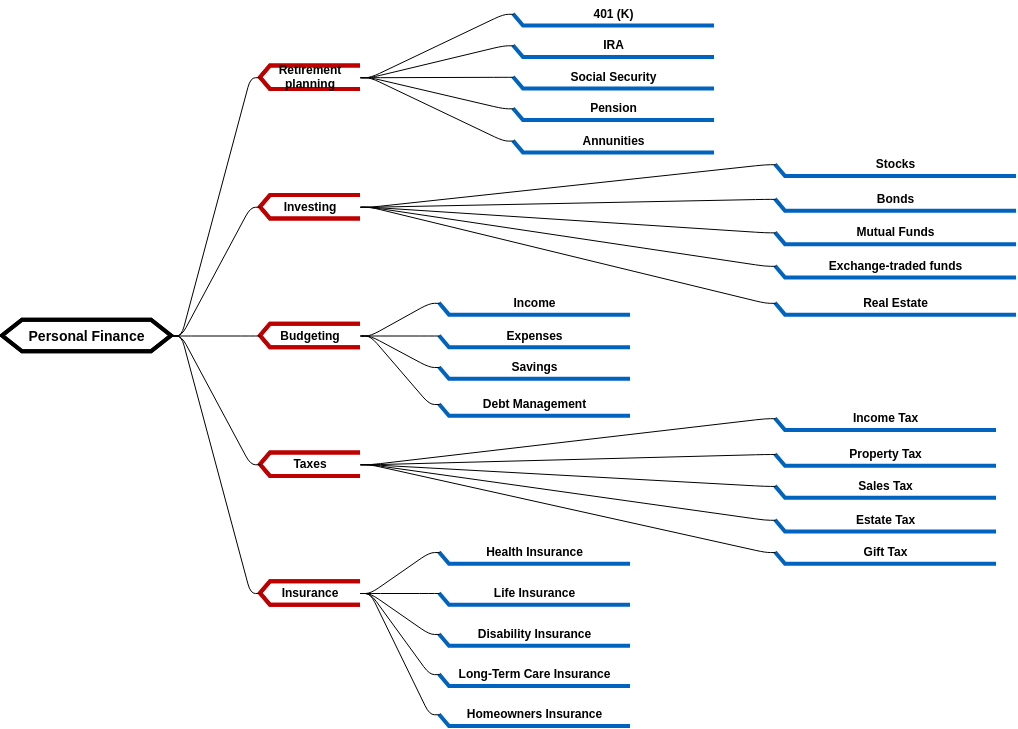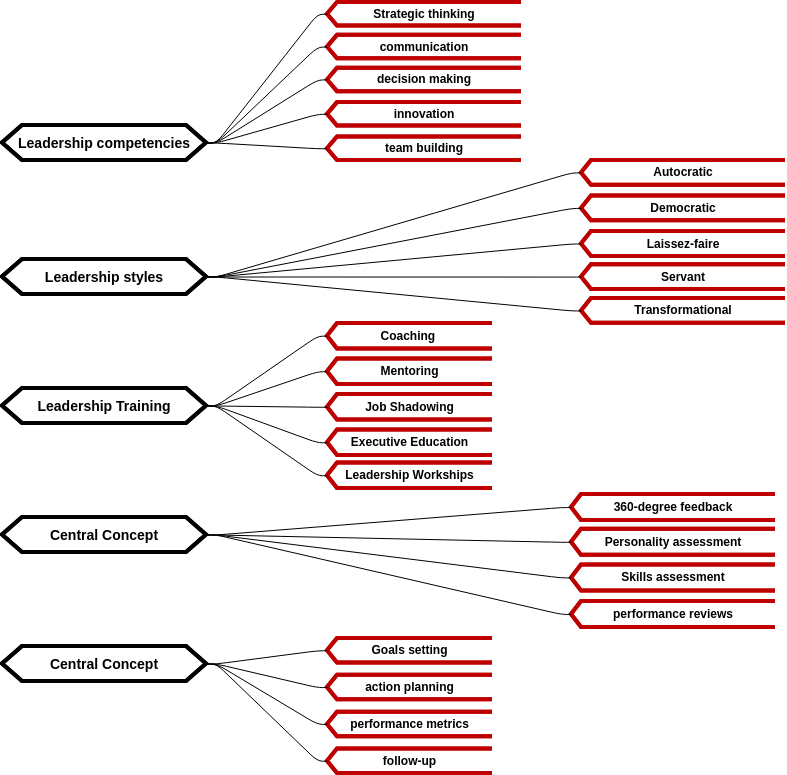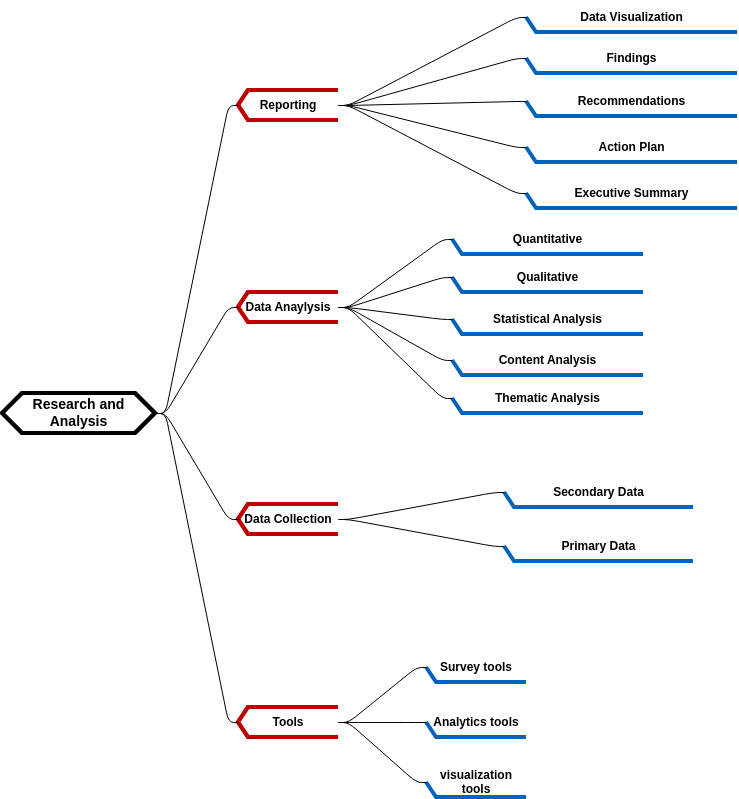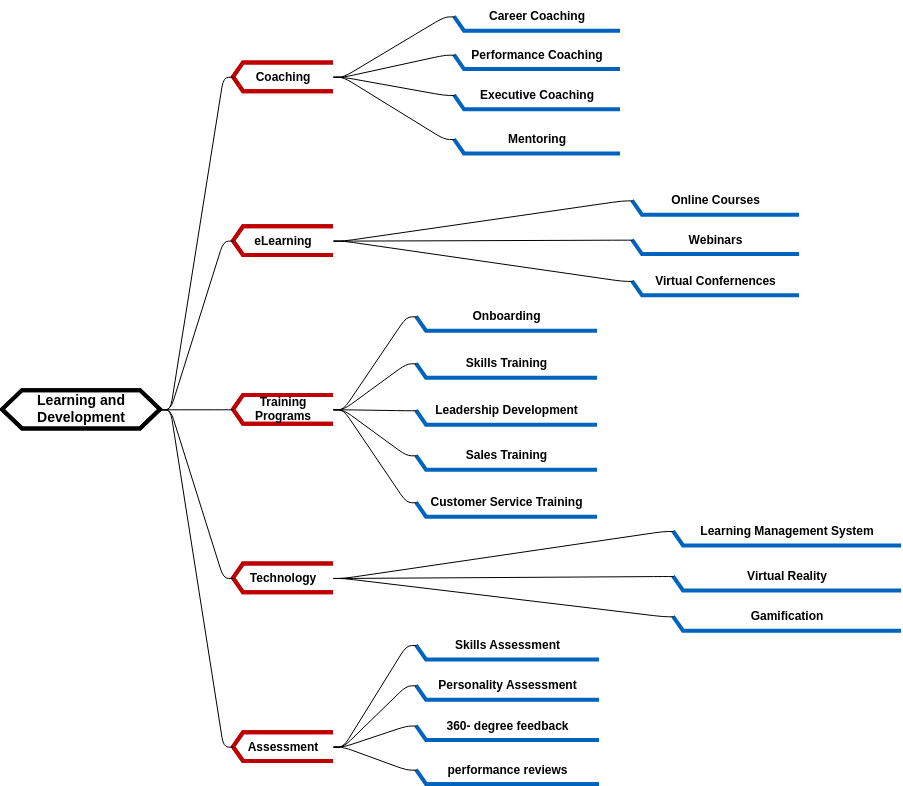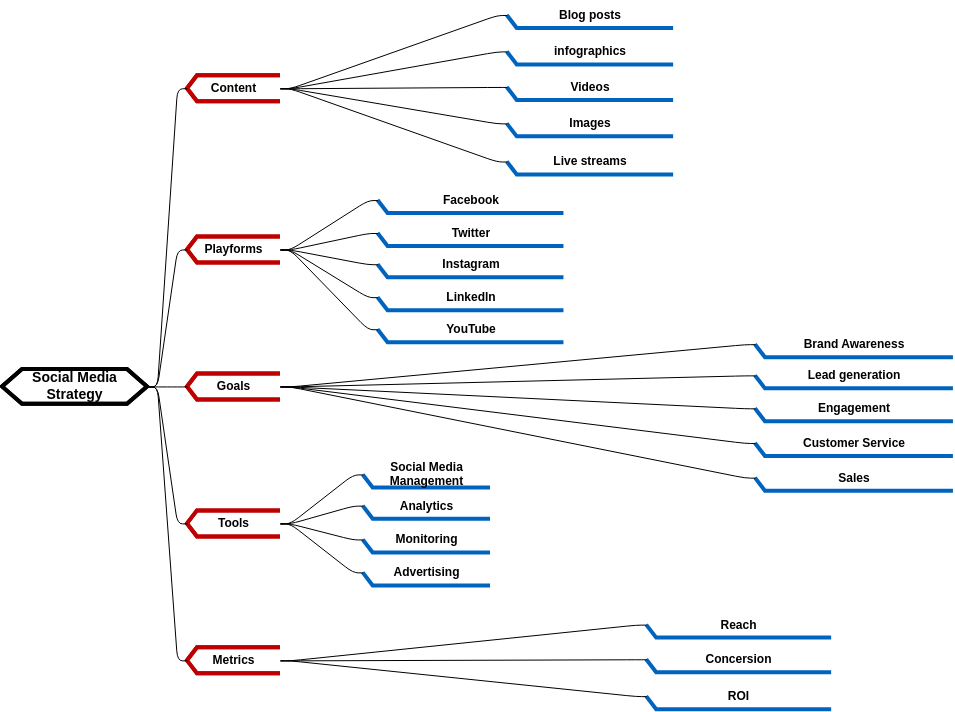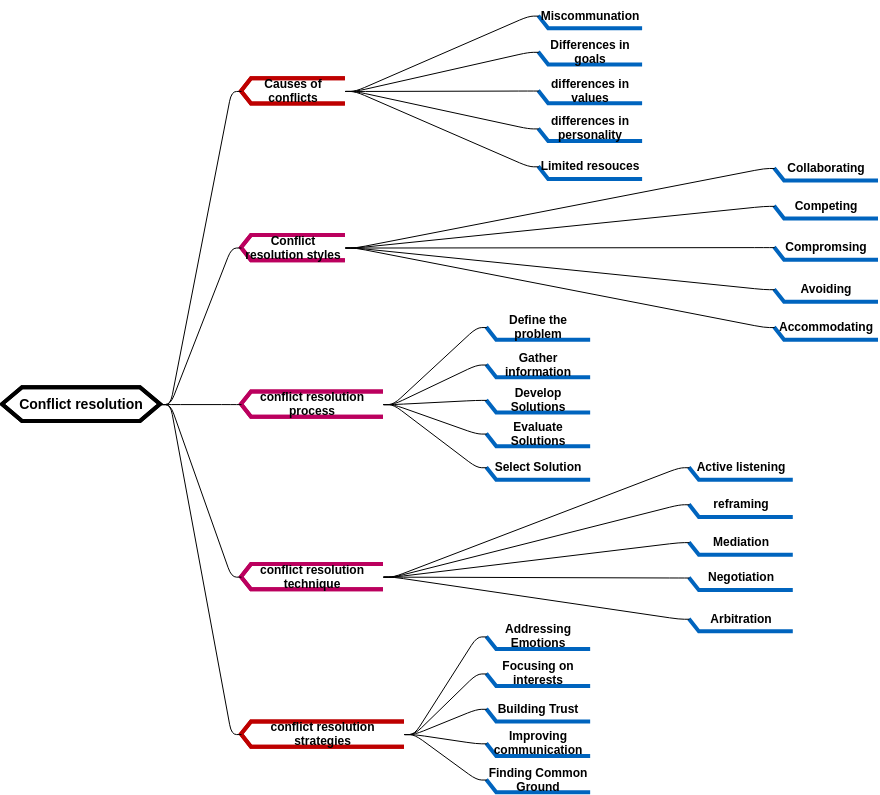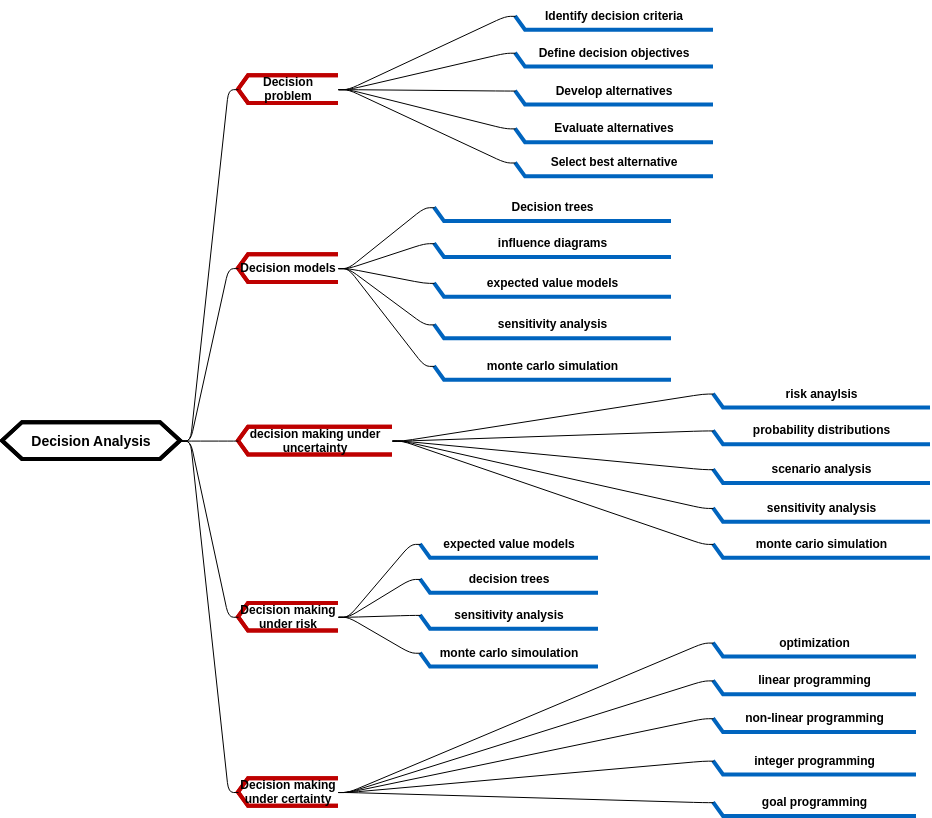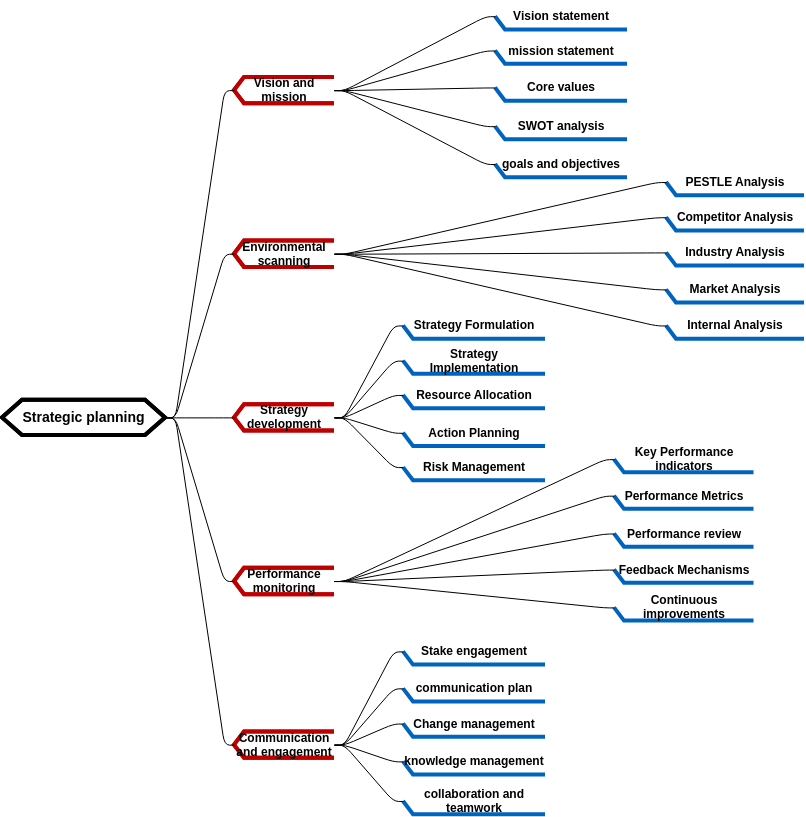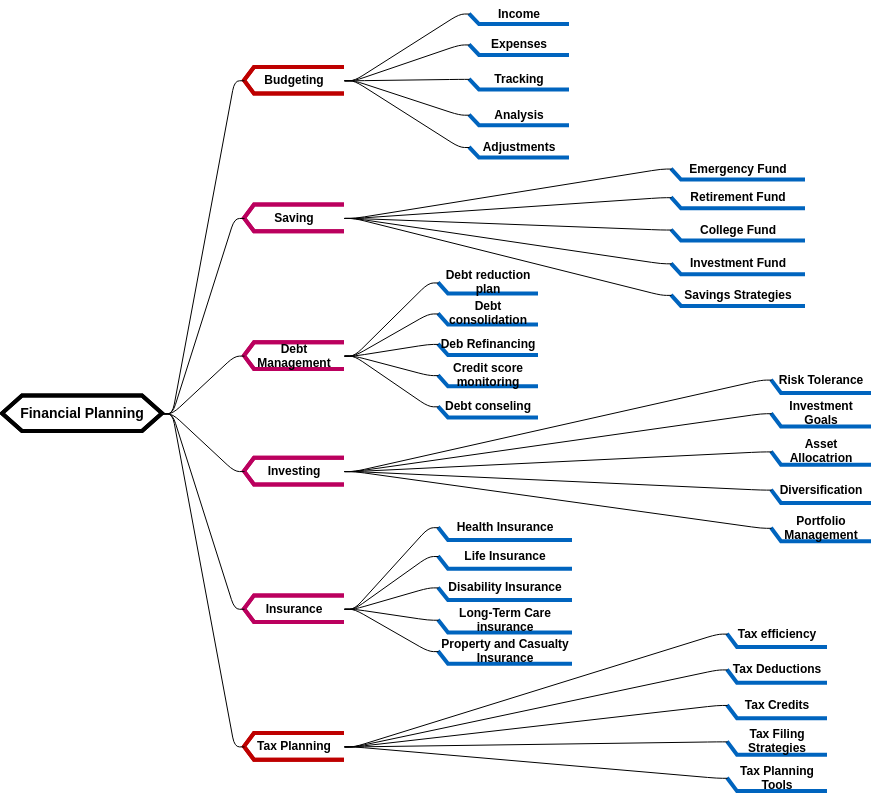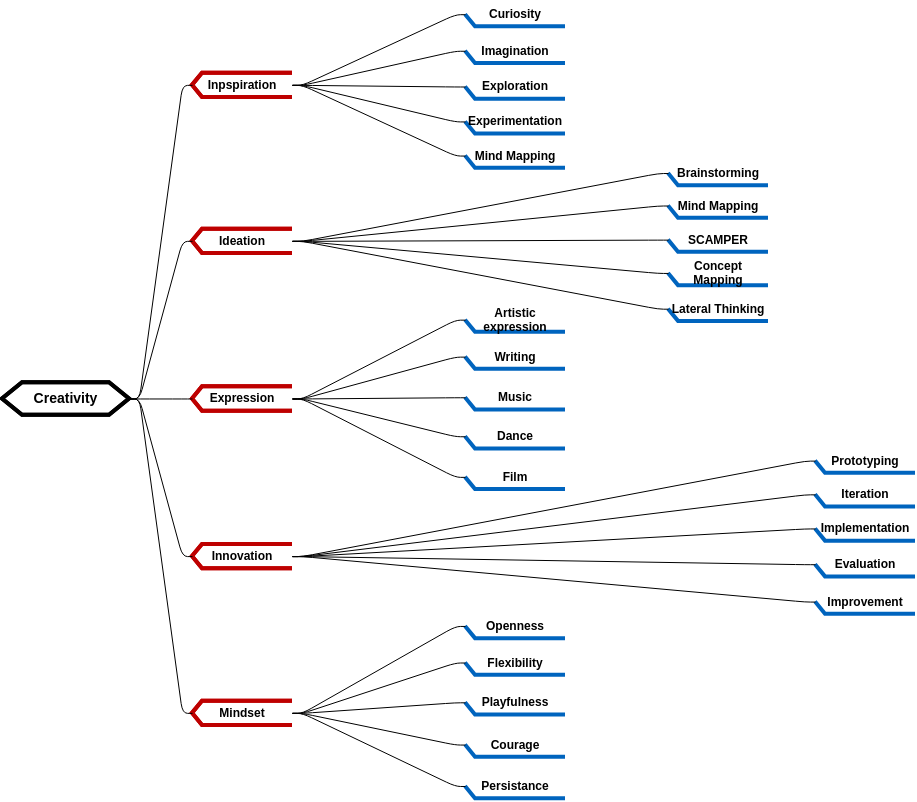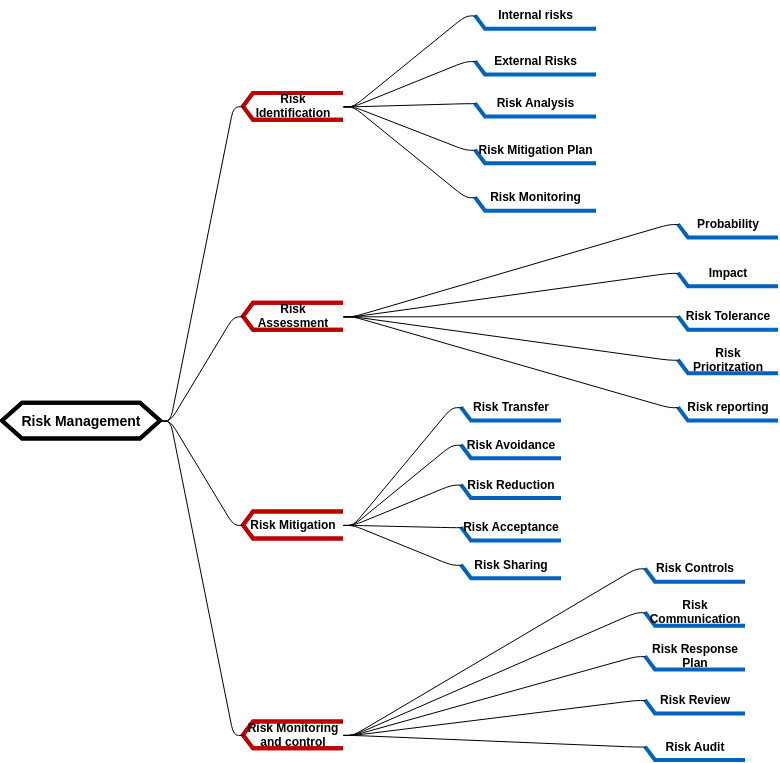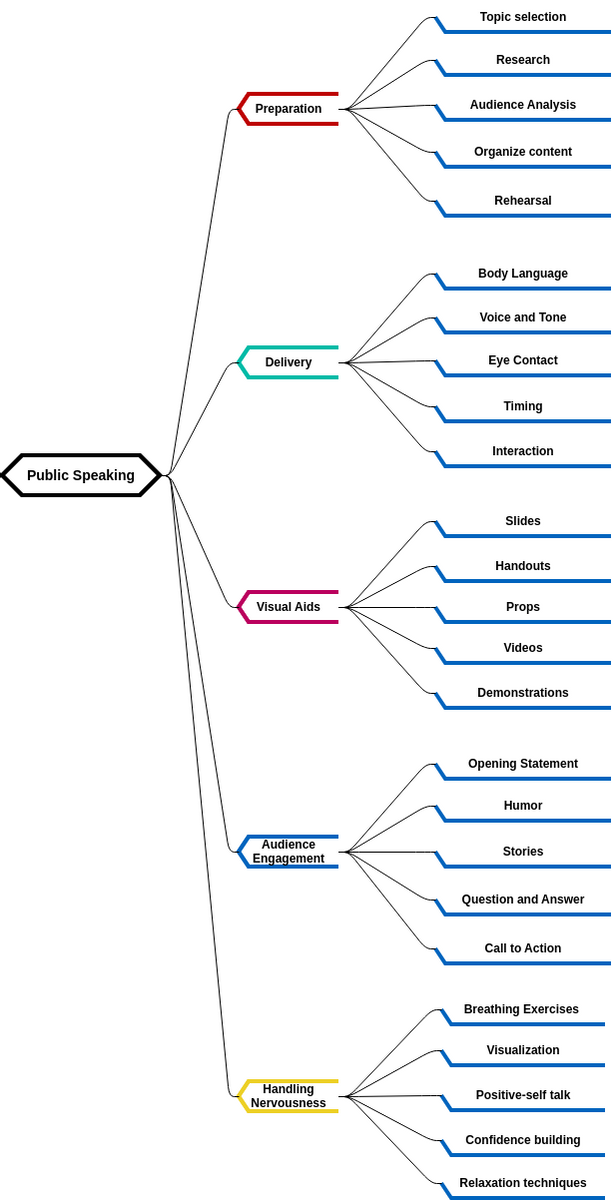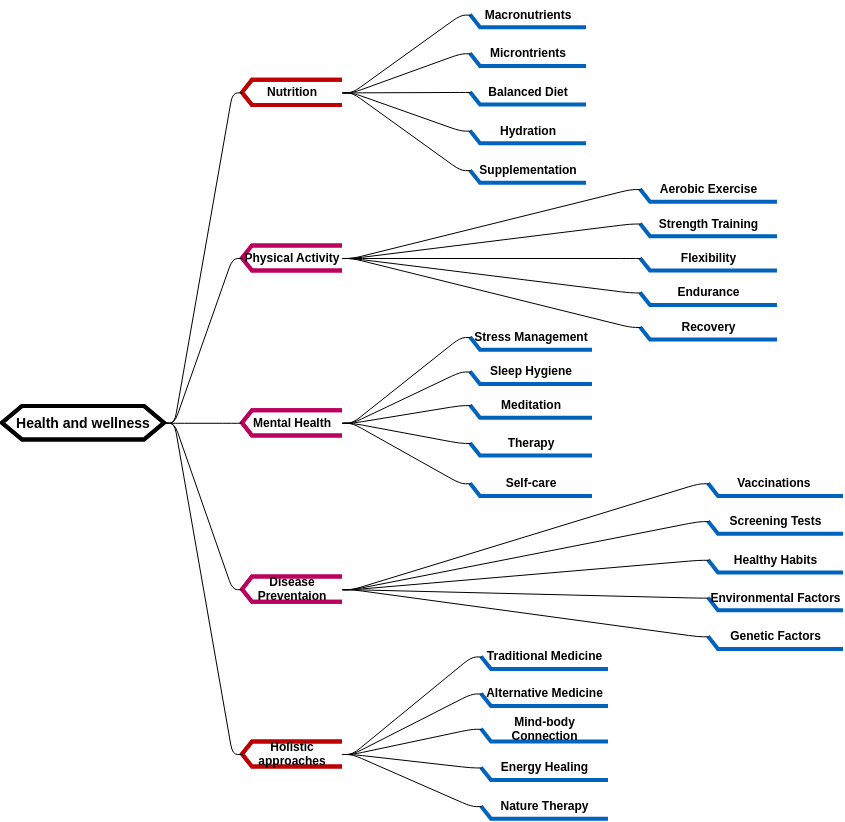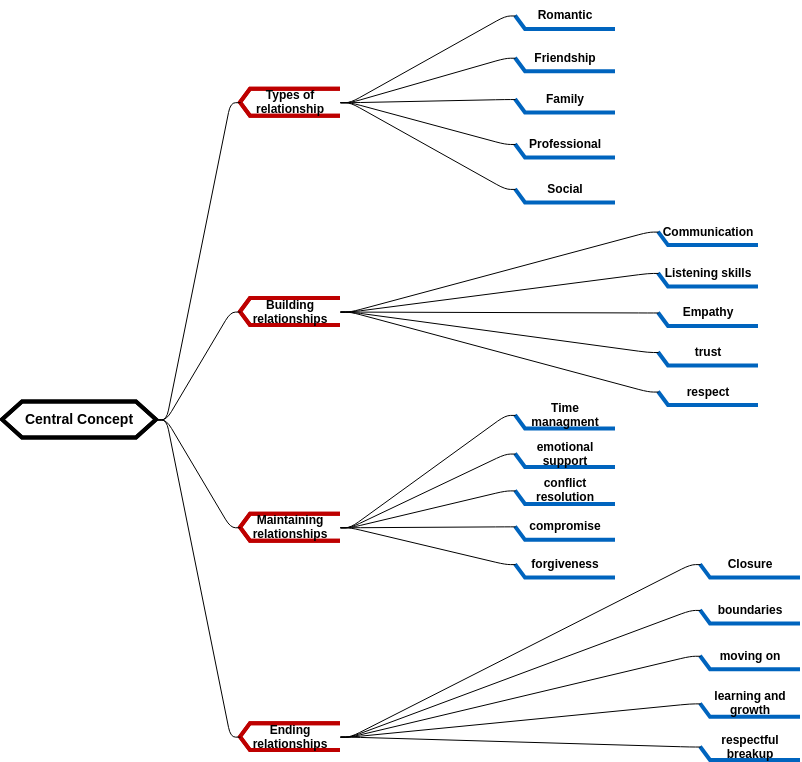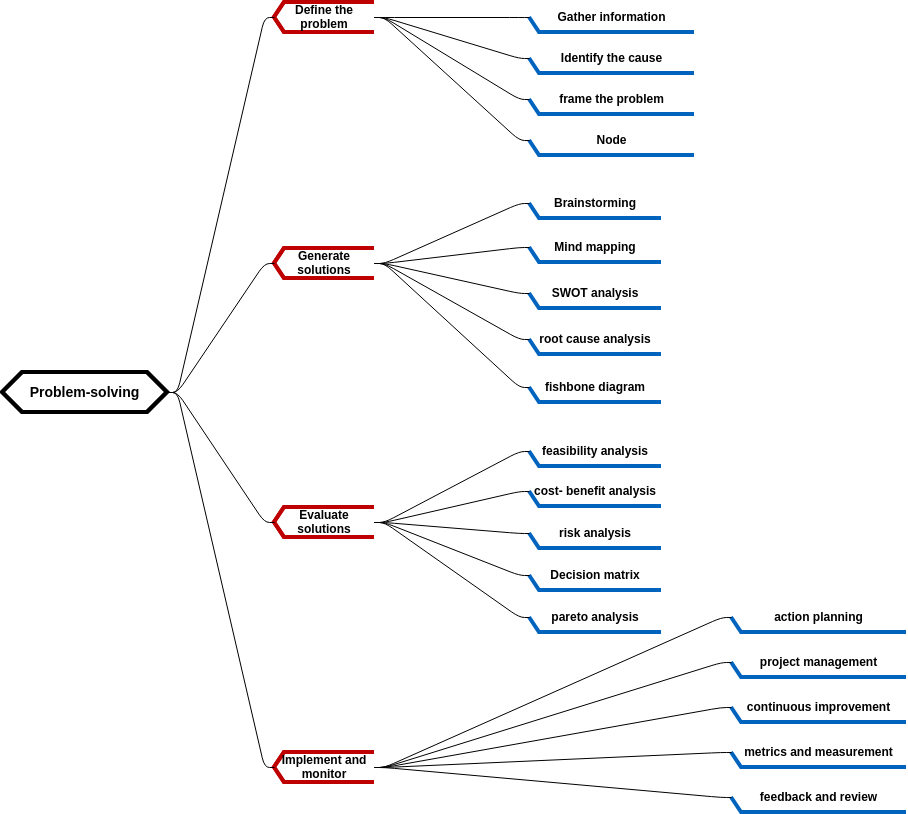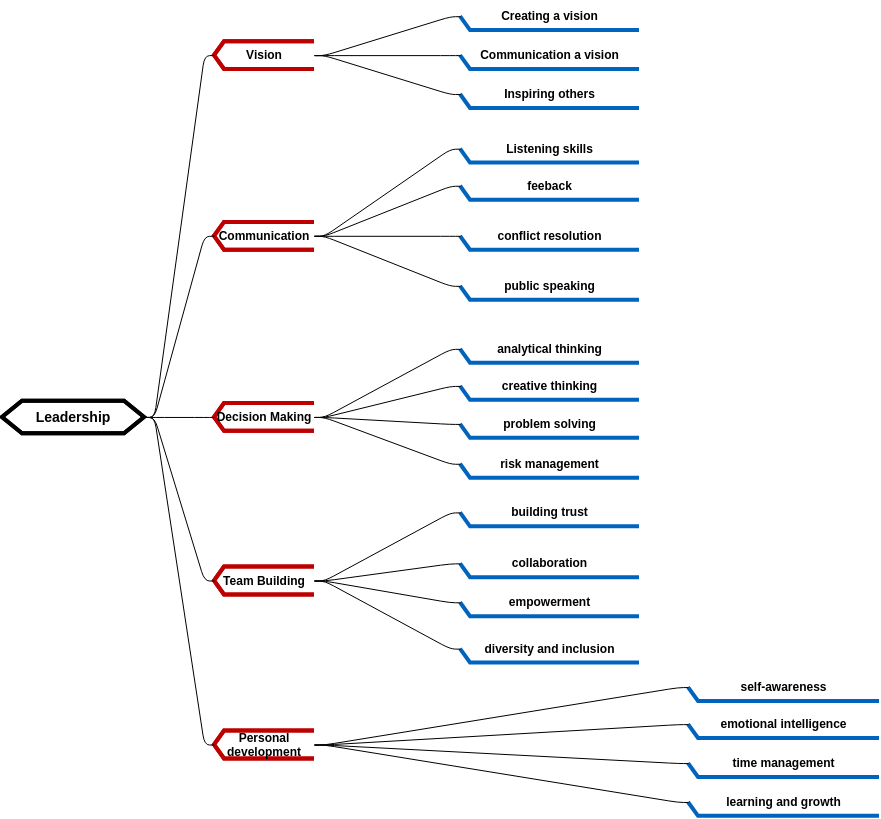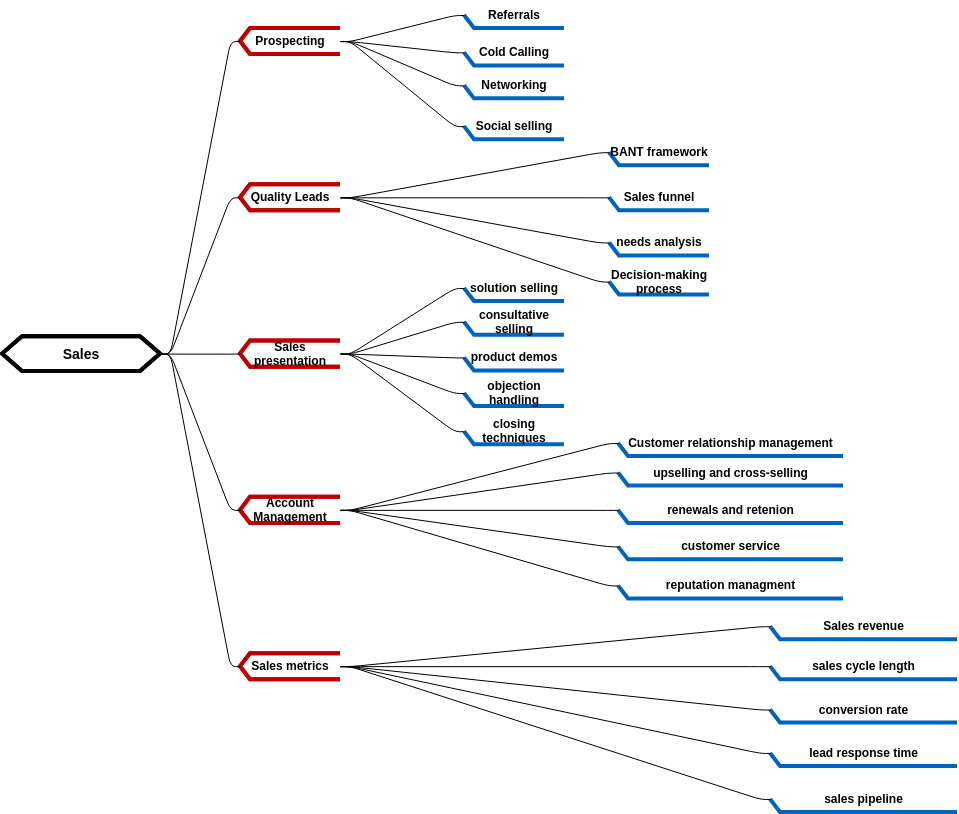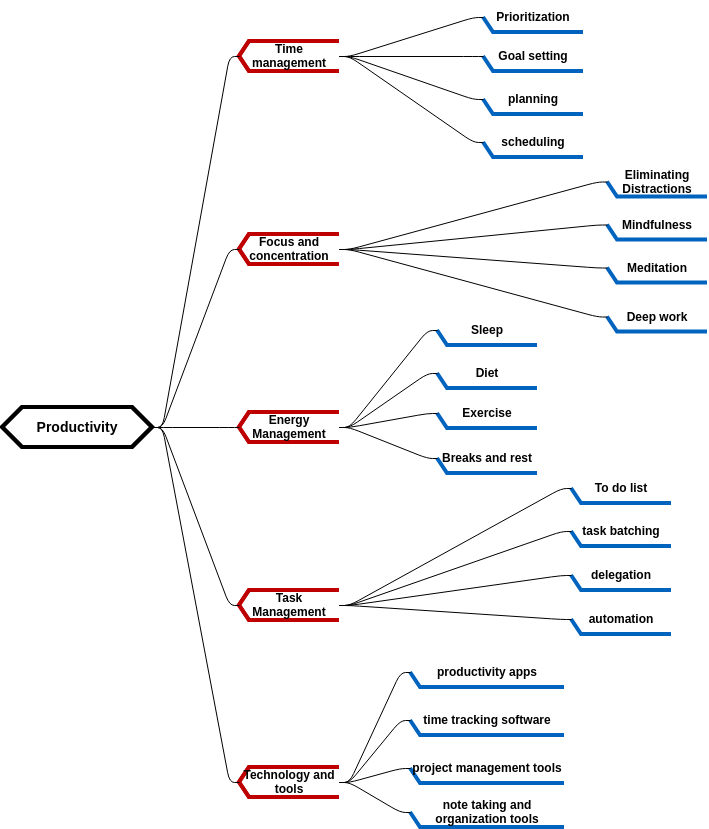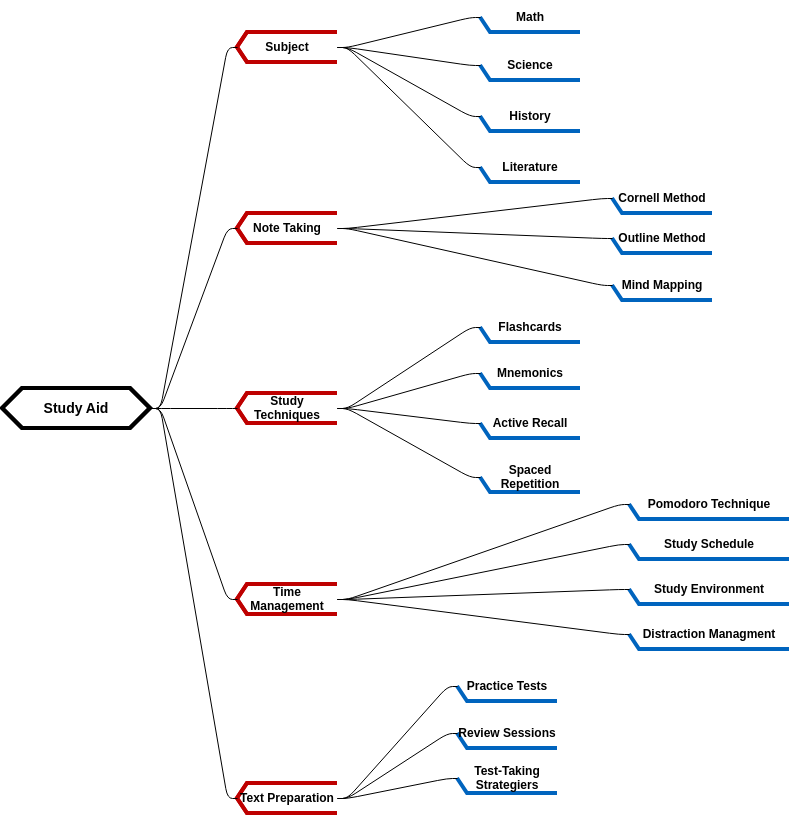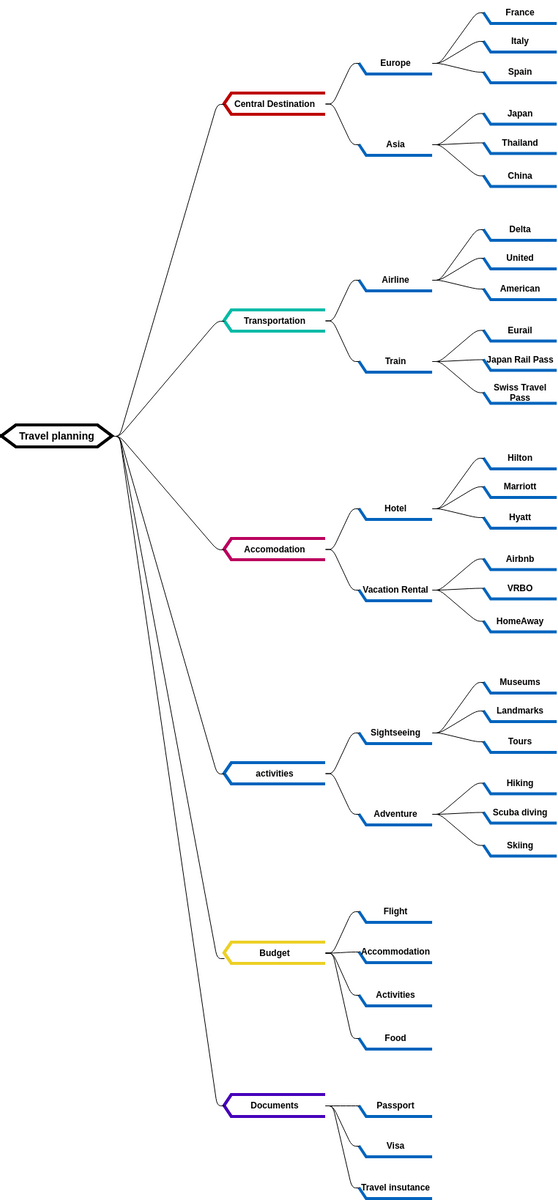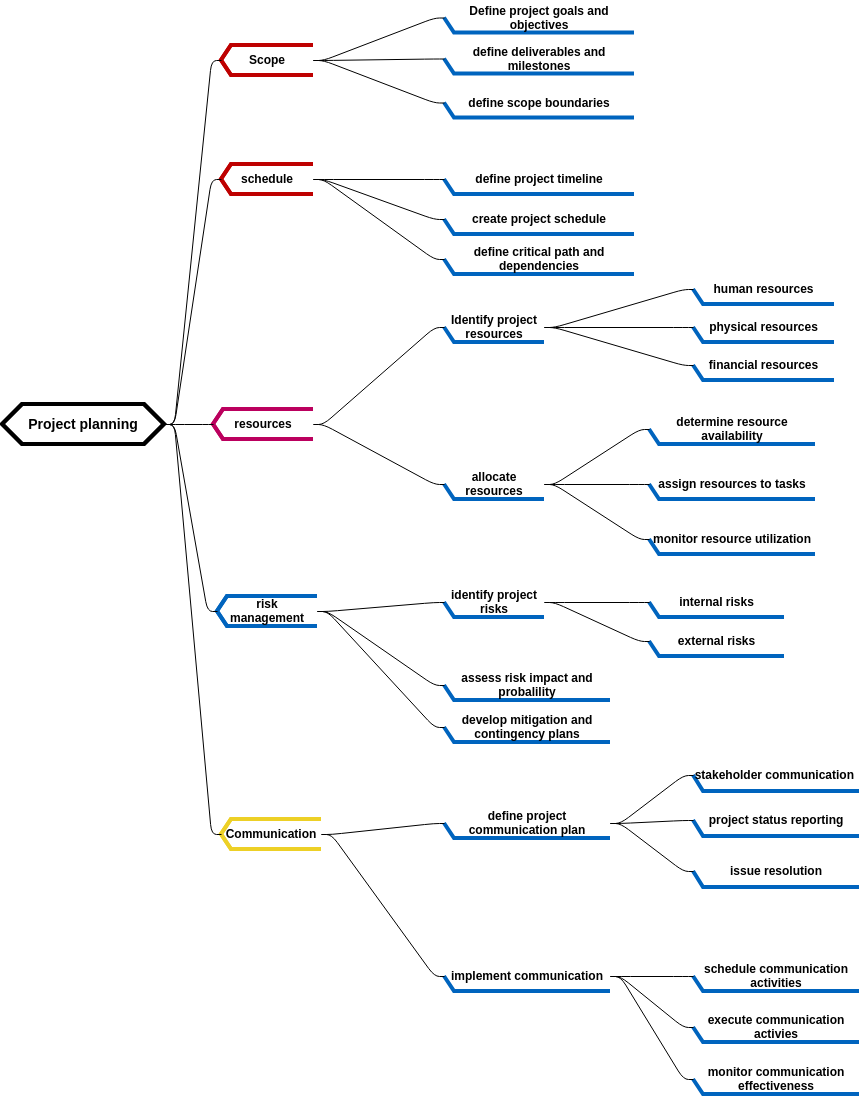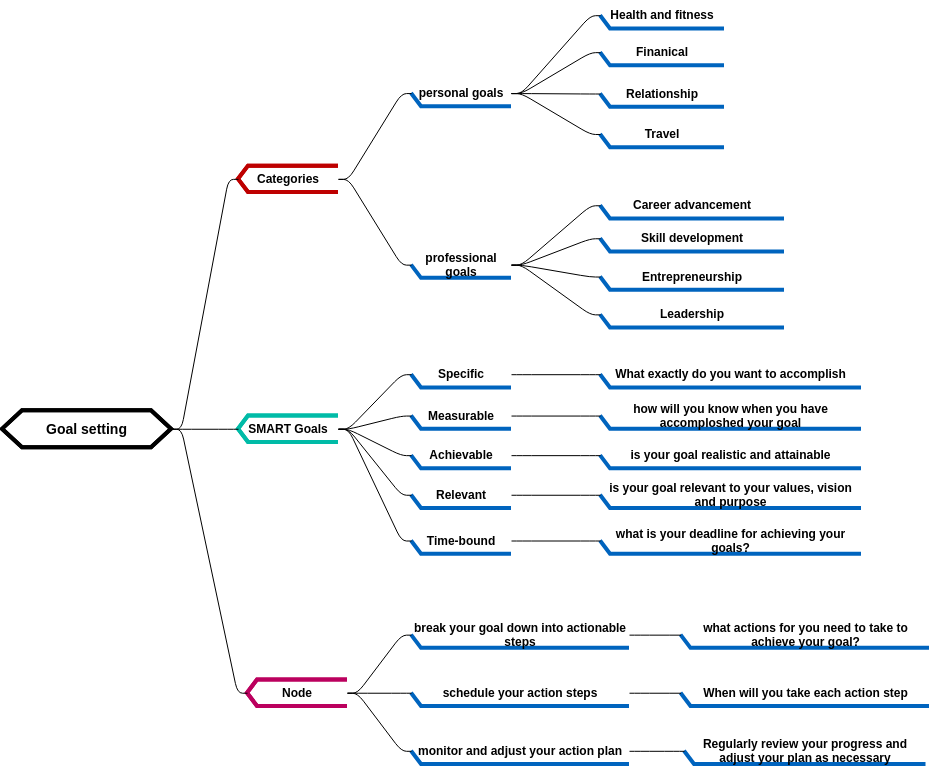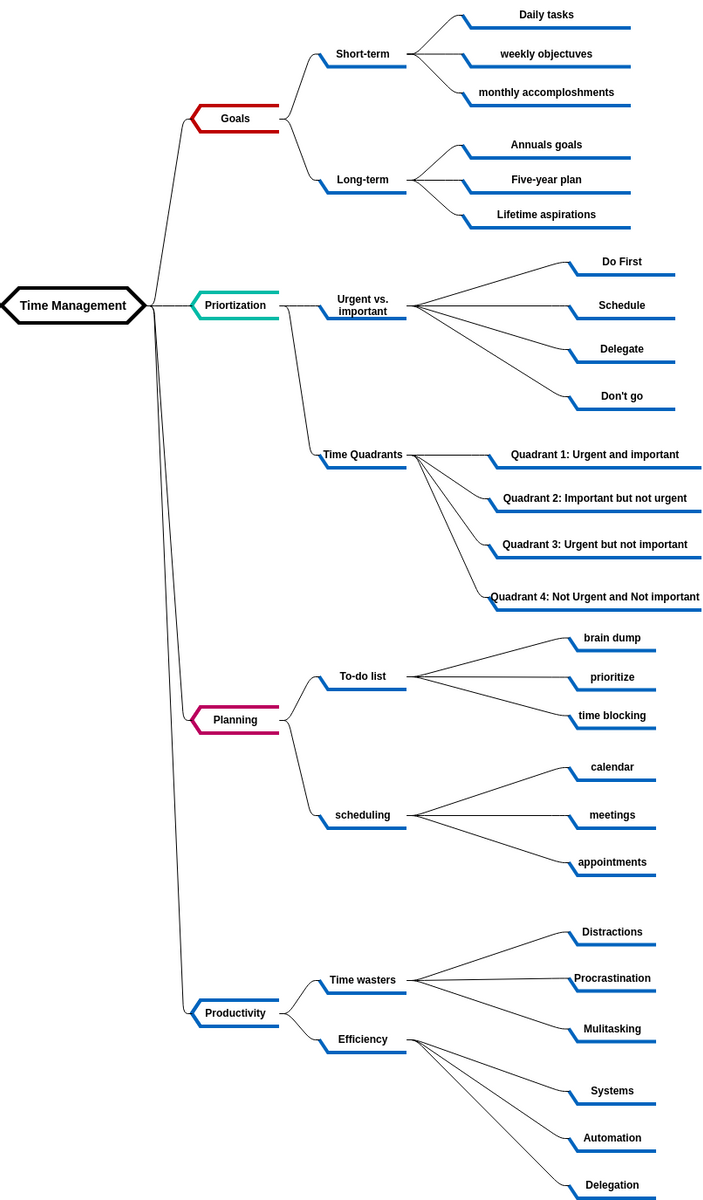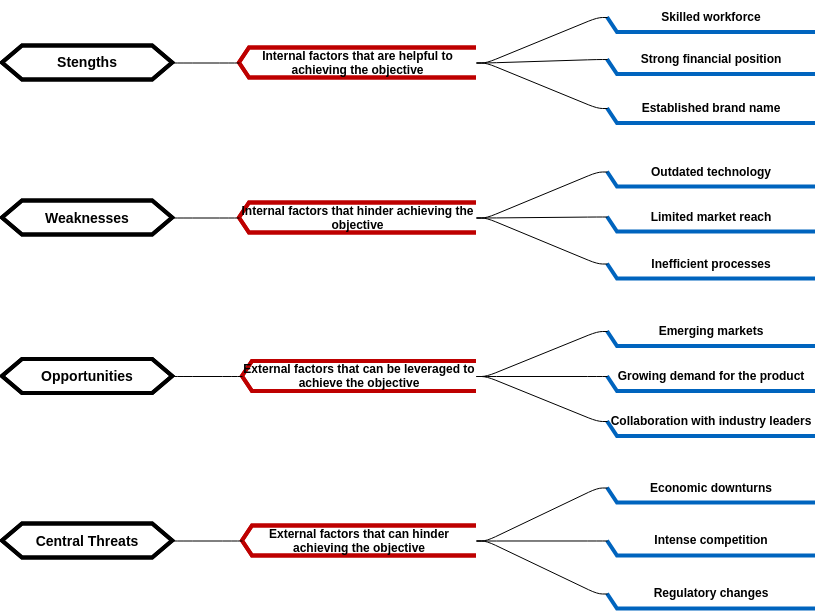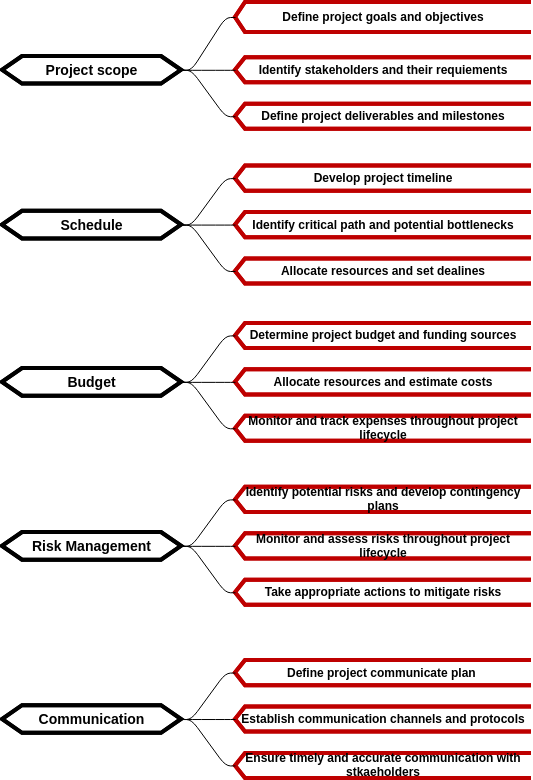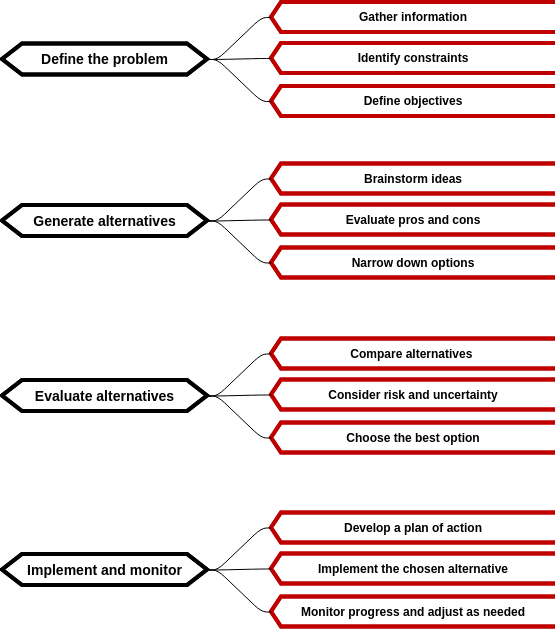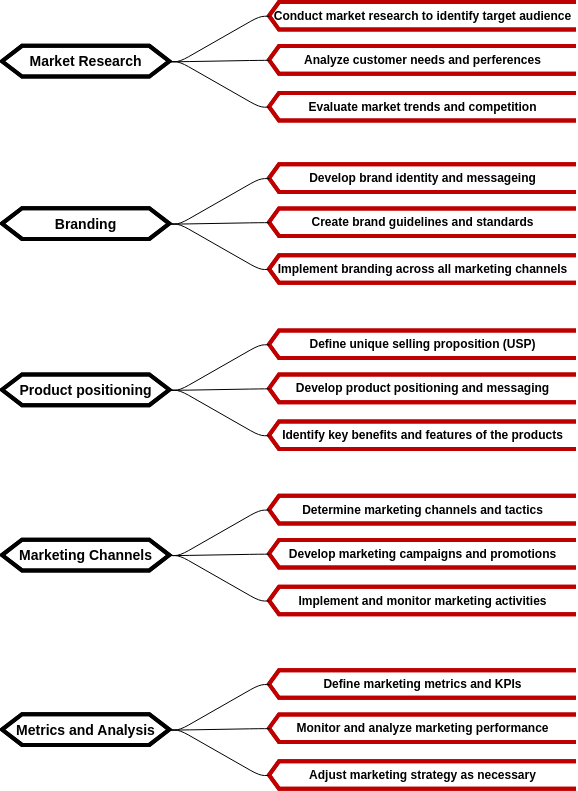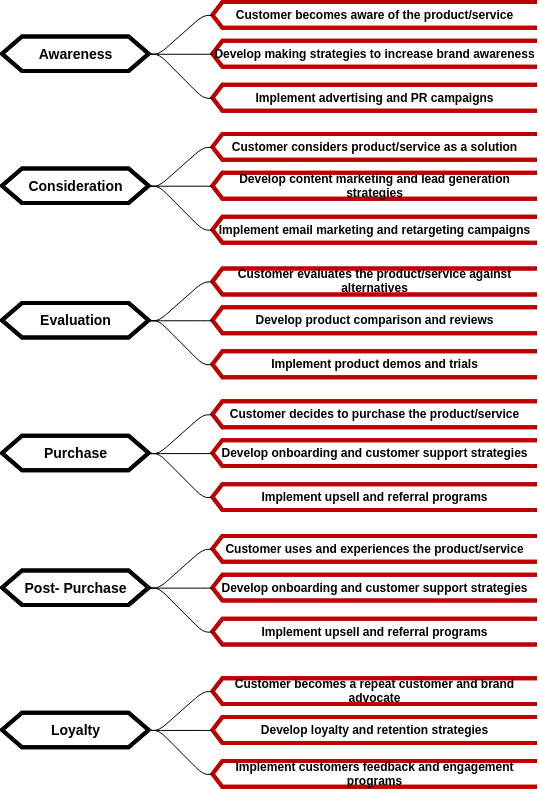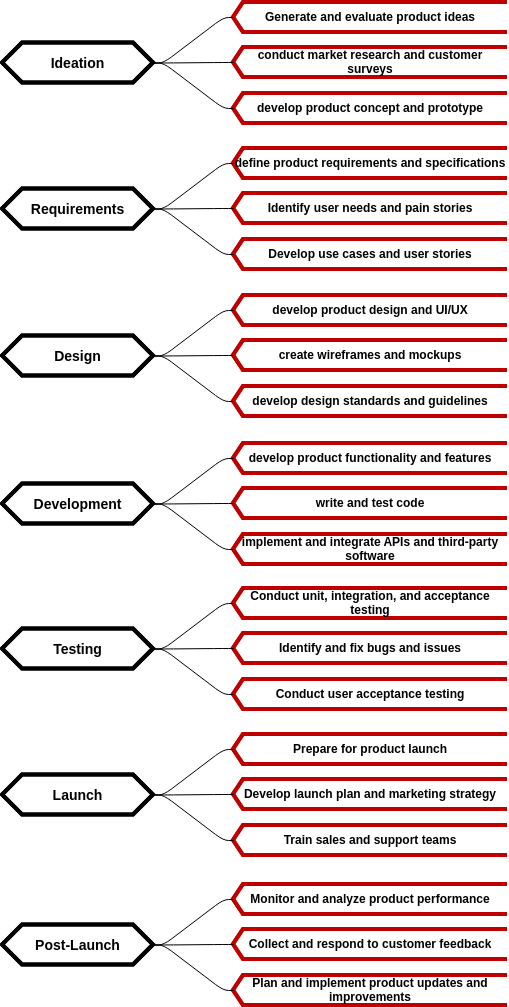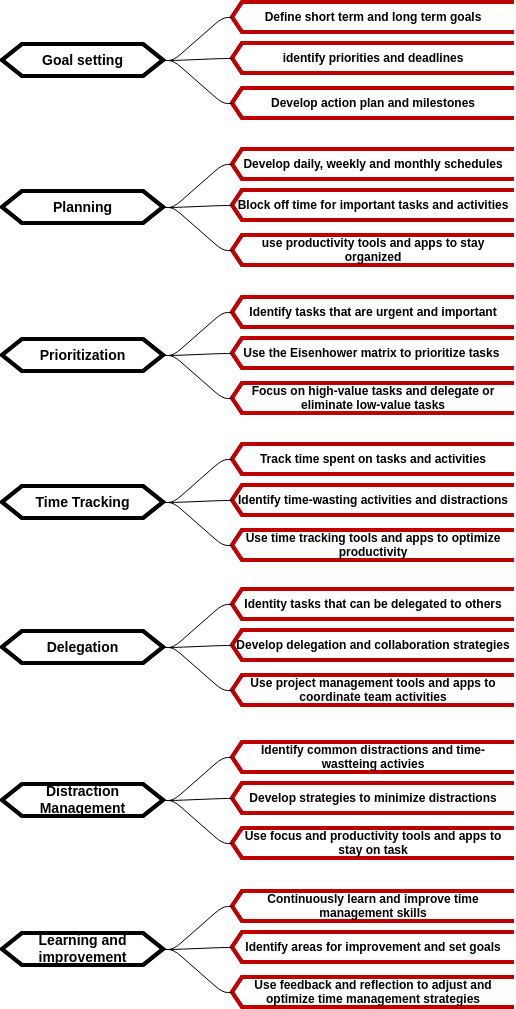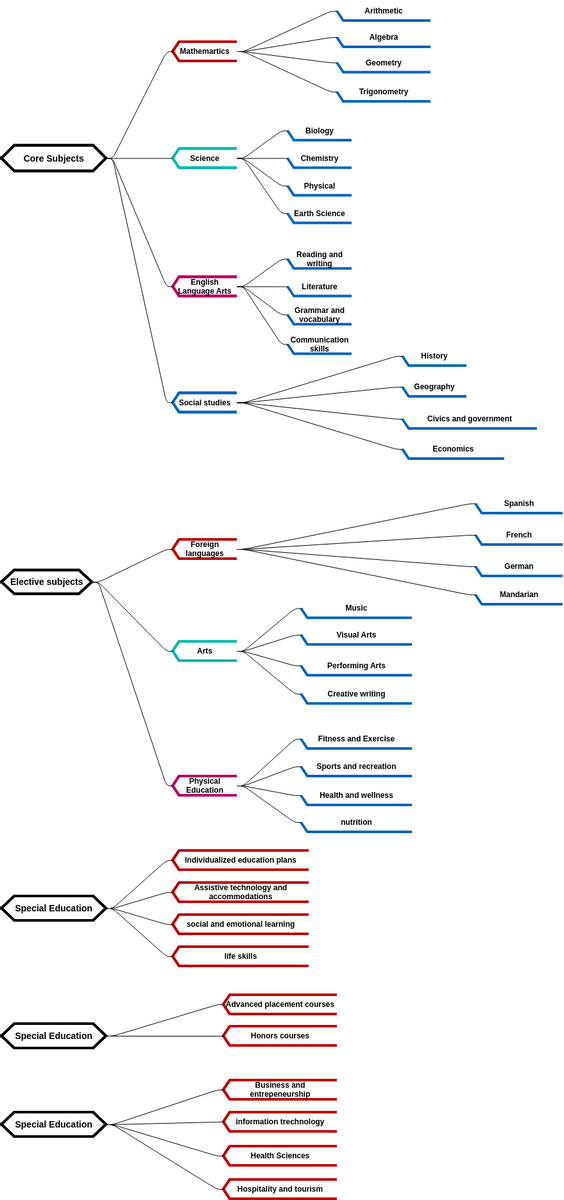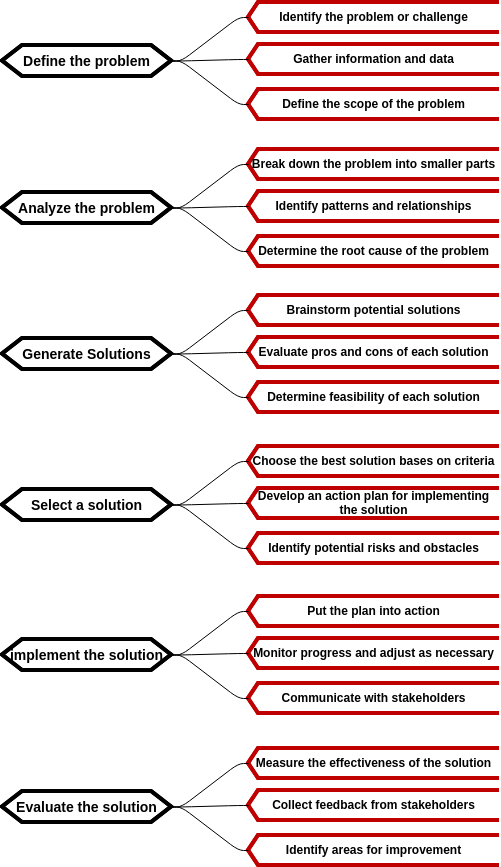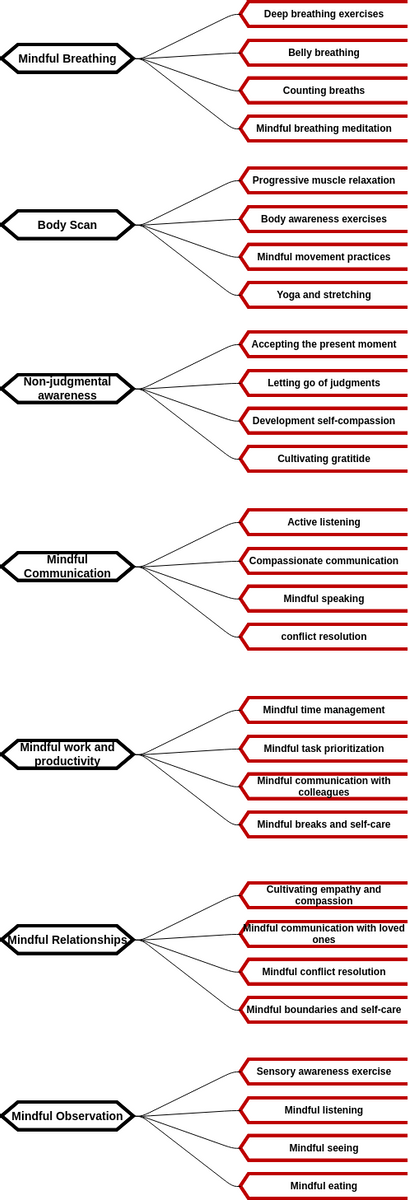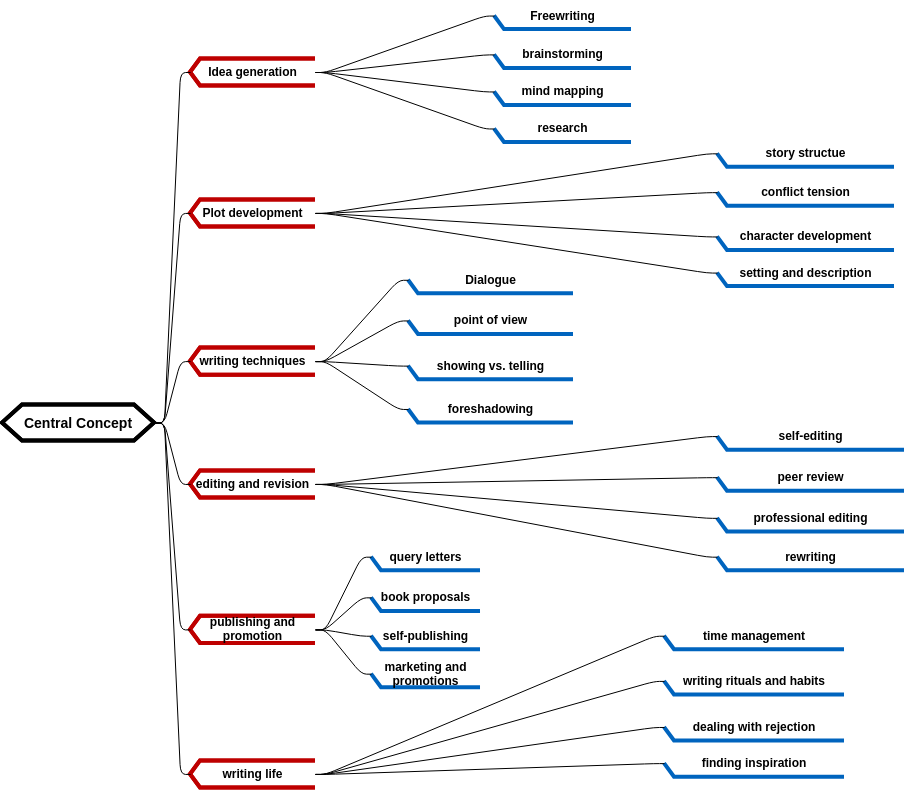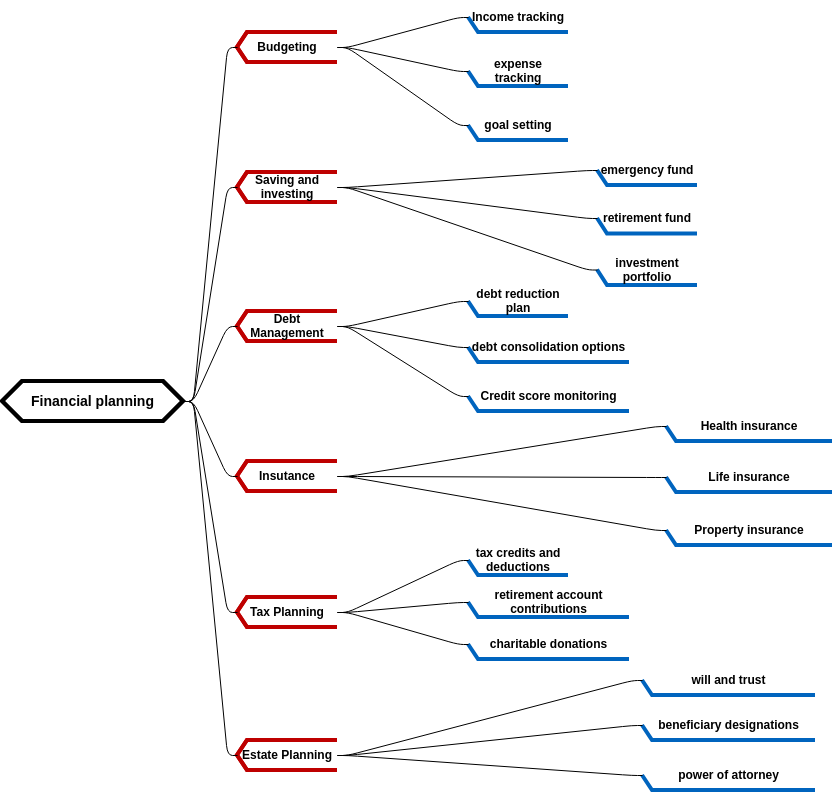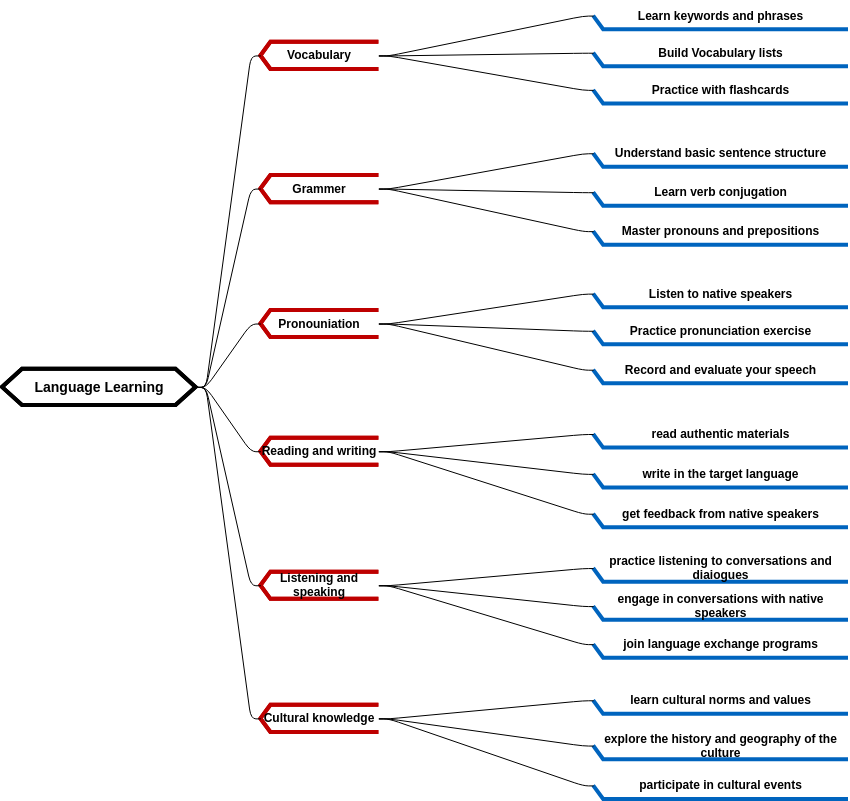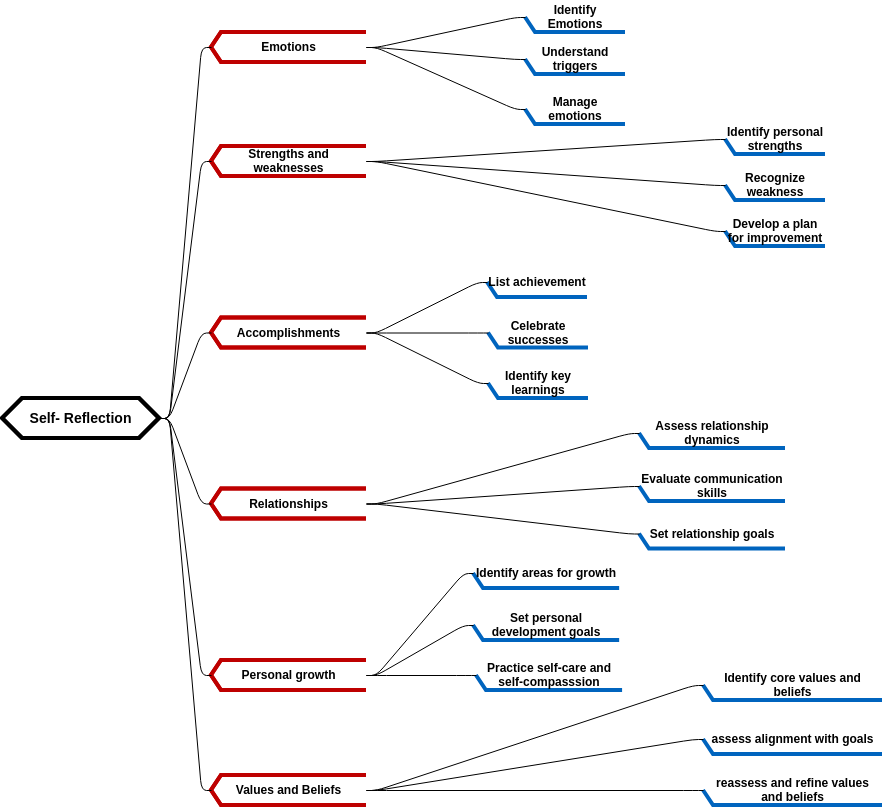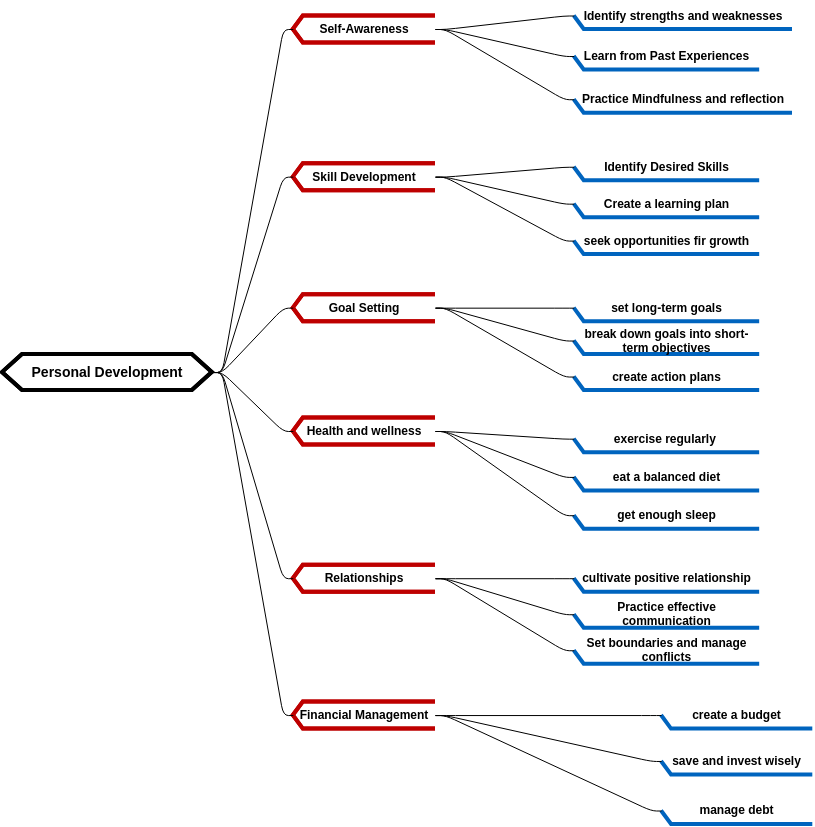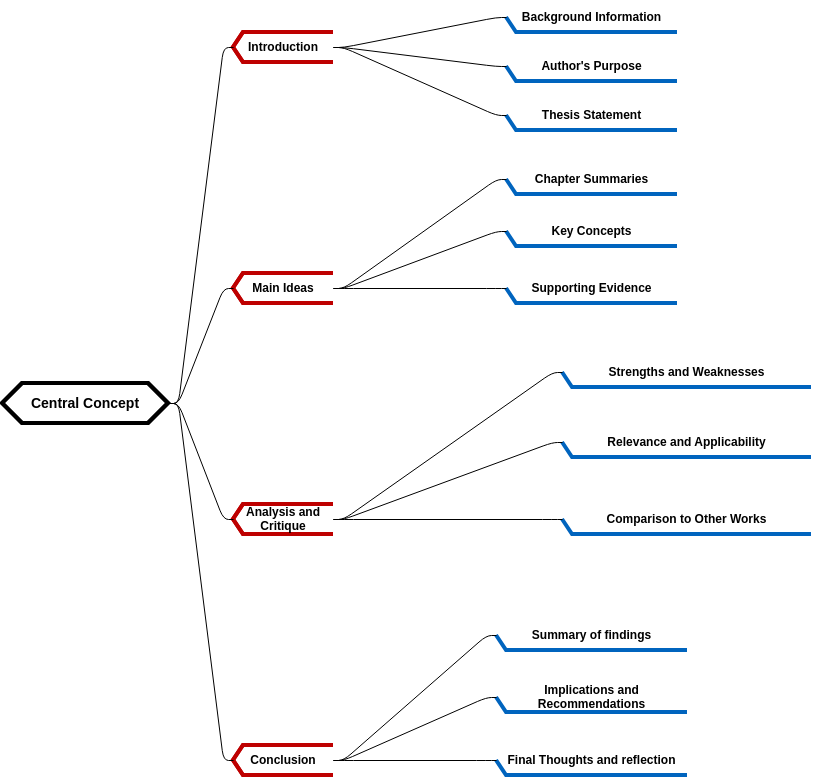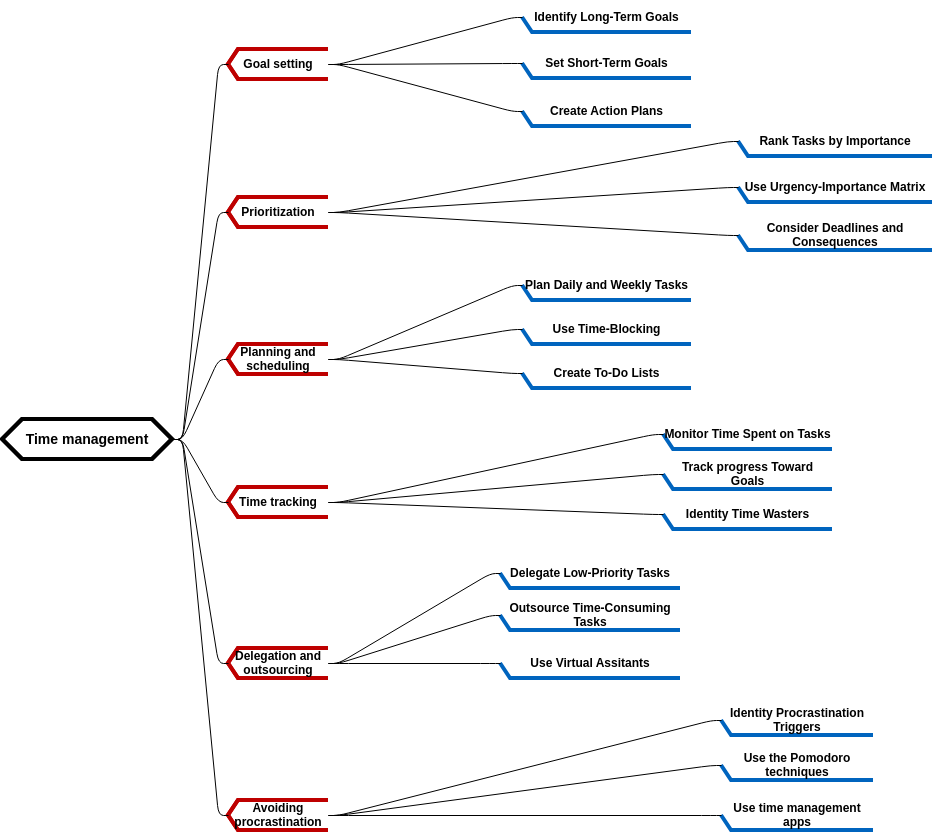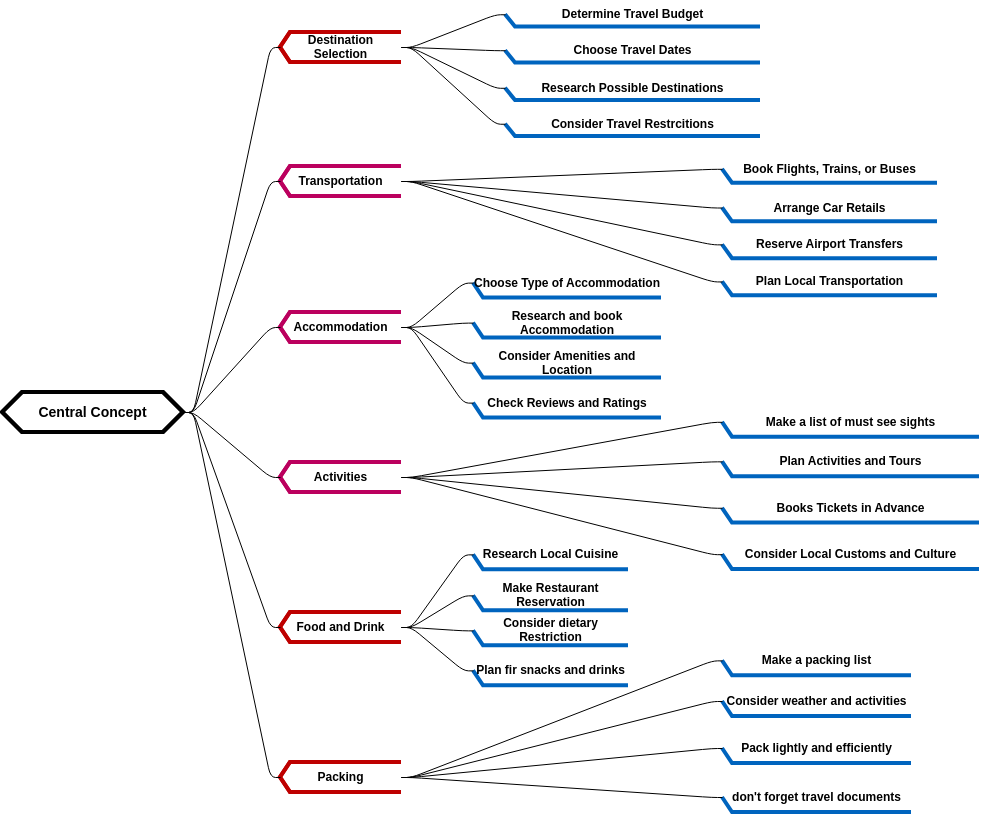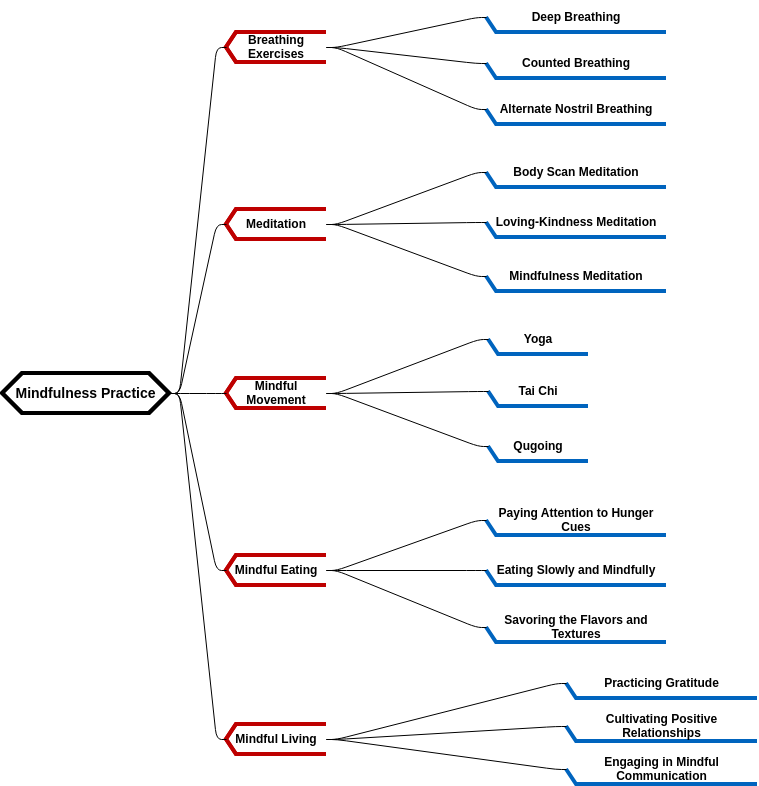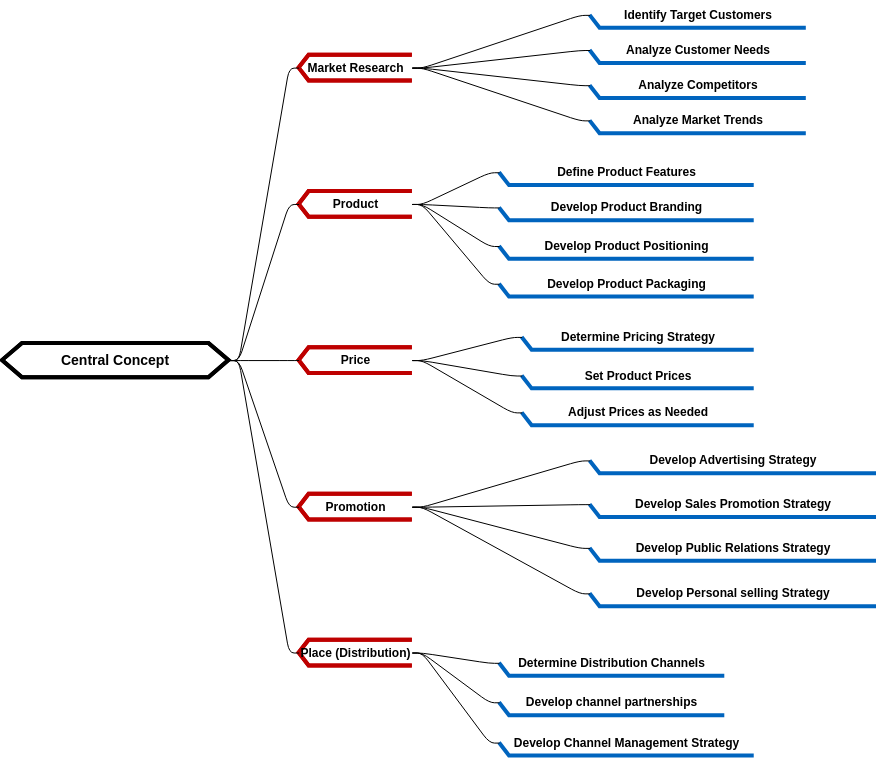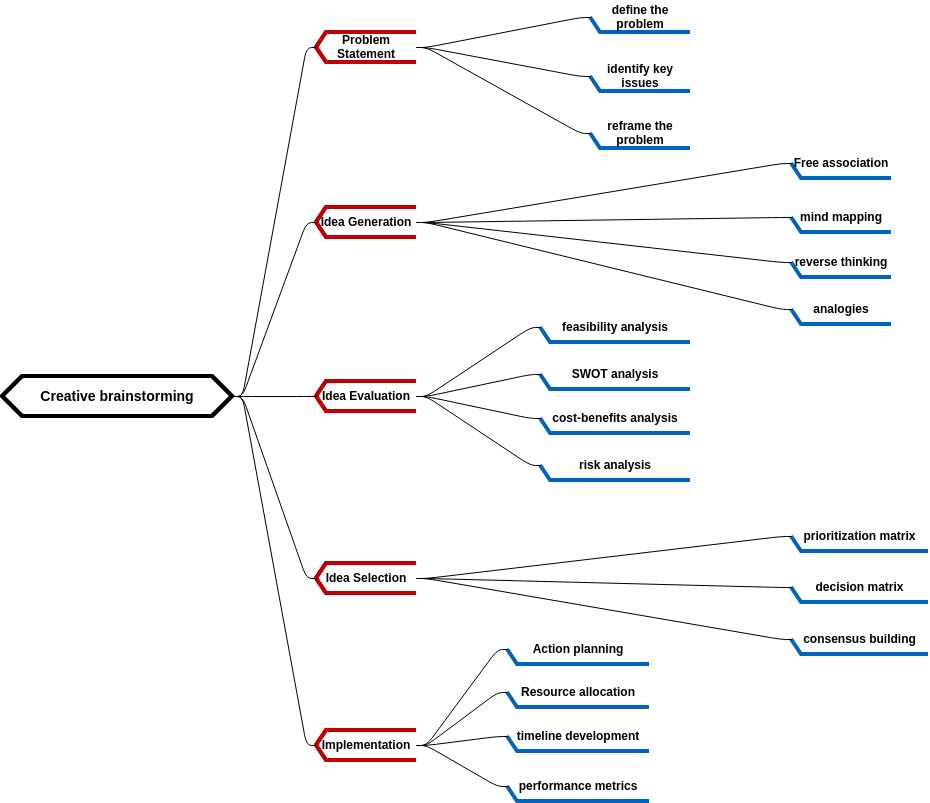Mind map for study notes
The mind map for study notes encompasses three key subjects: Biology, Chemistry, and English Literature. Under the Biology category, the mind map starts with "Cell Structure." This branch focuses on the fundamental components and characteristics of cells. It explores the subtopic of "Prokaryotic Cells," which are cells lacking a nucleus and membrane-bound organelles. This section delves into the structure and functions of prokaryotic cells, providing a comprehensive understanding of their biology.
Another branch under Biology is "DNA," which represents the genetic material found in all living organisms. This section delves into the structure and properties of DNA, highlighting its role in storing and transmitting genetic information. Further down the branch, the topic of "DNA Replication" is explored. This subtopic delves into the process by which DNA is duplicated, providing insights into the molecular mechanisms involved in DNA replication.
Moving on to the subject of Genetics, the mind map introduces the branch of "Mendelian Genetics." This area focuses on the principles and laws established by Gregor Mendel, known as the father of modern genetics. It explores concepts such as dominant and recessive traits, inheritance patterns, and Punnett squares, enabling a better understanding of genetic inheritance and variation.
Benefits of creating this mind map
Creating this mind map for study notes offers several benefits. Firstly, it provides a visual representation of the interconnectedness and organization of different subjects and topics. By visually mapping out the branches and subtopics, the mind map allows for a clearer understanding of how the subjects relate to each other. This helps in identifying and grasping the broader concepts and their specific details, enhancing overall comprehension.
Secondly, the mind map aids in effective information retention and recall. The visual and hierarchical structure of the mind map allows for better memorization and retrieval of information. By categorizing and organizing the subjects and their subtopics, the mind map provides a mental framework that helps in recalling specific details during exams or study sessions. This promotes efficient learning and reduces the likelihood of forgetting important information.
Furthermore, the mind map encourages a more active and engaged learning experience. By actively participating in the creation of the mind map, students become more involved in the process of organizing and synthesizing information. This engagement promotes deeper understanding and critical thinking as students make connections between different subjects and subtopics. The mind map serves as a guide for active learning, facilitating a more comprehensive and meaningful study approach.
Do you need templates for flowchart design? Right away, go to Visual Paradigm Online to look at some of your favorite customizable templates.
